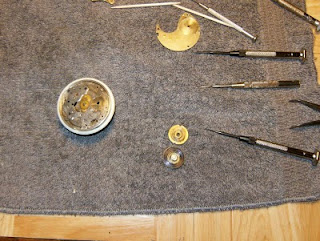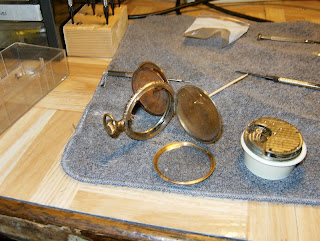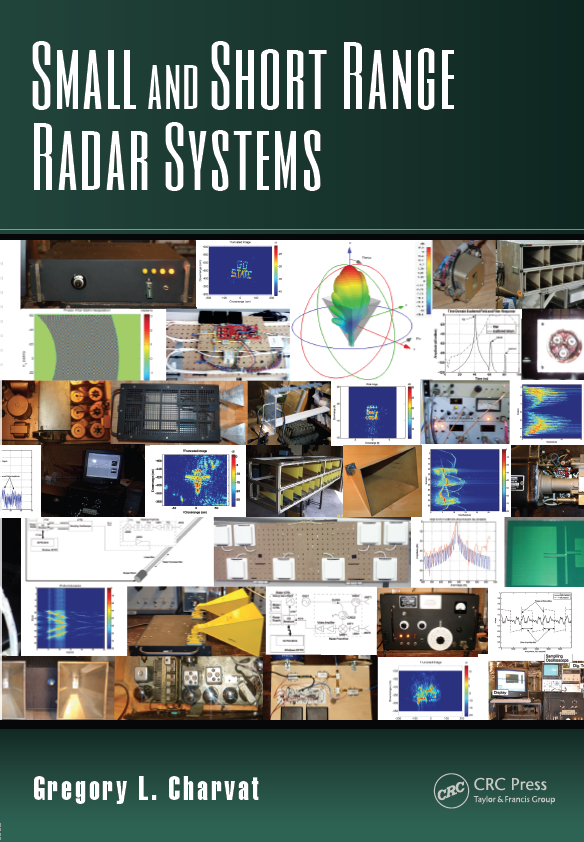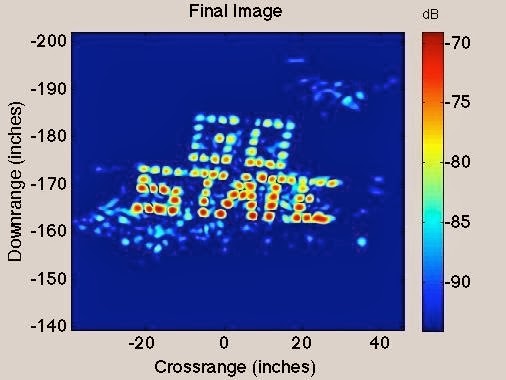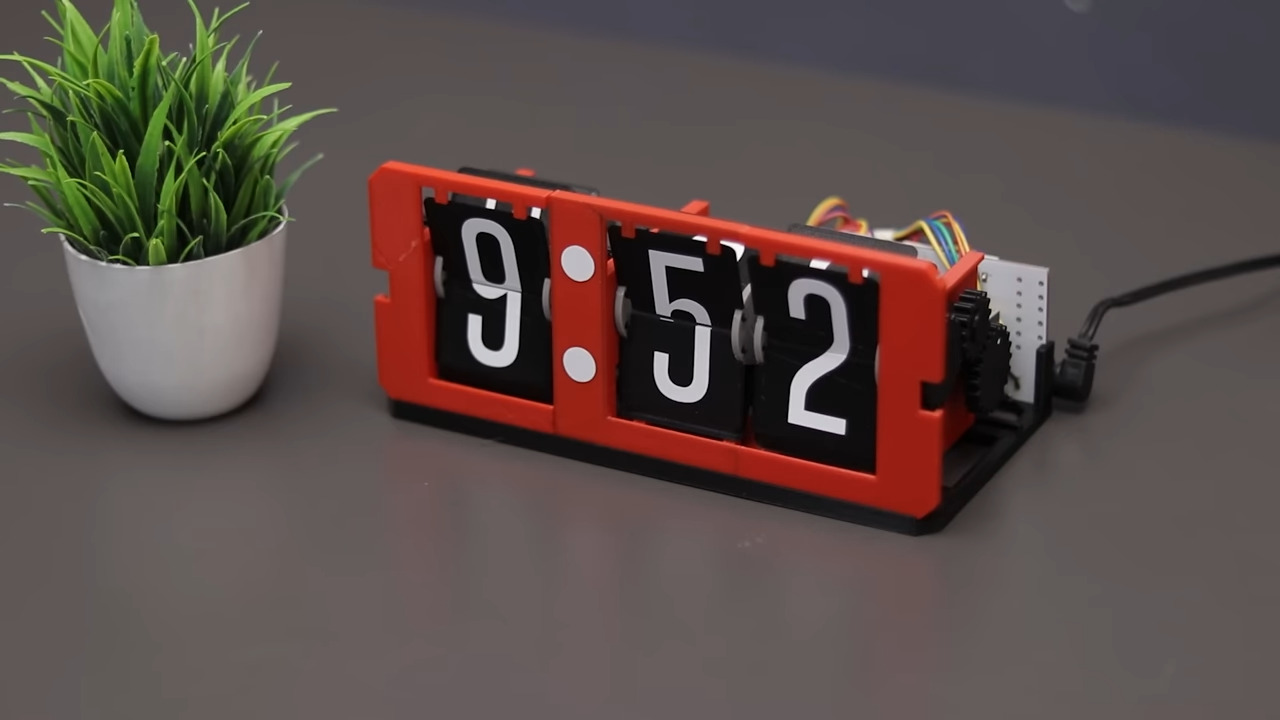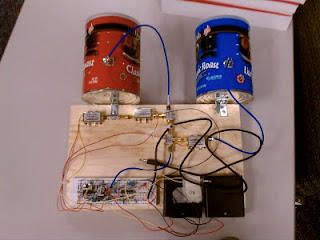
 Per your request and as the documents have been approved i have uploaded the schematics, block diagram, and bill of material for the MIT IAP '11 cantenna radar kit, which is capable of SAR imaging, ranging, and doppler sensing.
Per your request and as the documents have been approved i have uploaded the schematics, block diagram, and bill of material for the MIT IAP '11 cantenna radar kit, which is capable of SAR imaging, ranging, and doppler sensing.I've also uploaded more photos of student radar kits and other info here.
The opencourseware site is in the works, we expect this to be completed in late spring, so stay tuned! With the OCW site you will have access to all of the associated lectures so that you can both learn and make a radar system.








